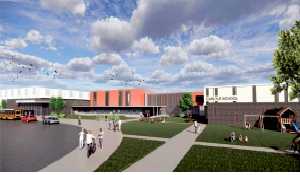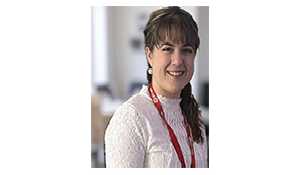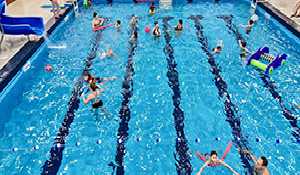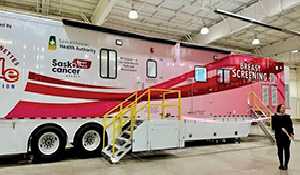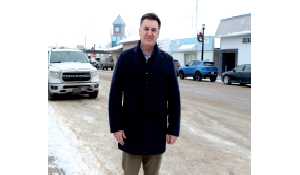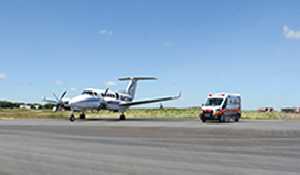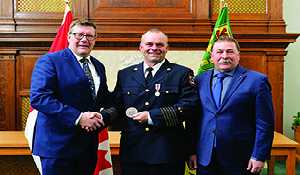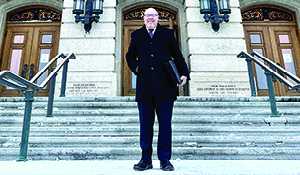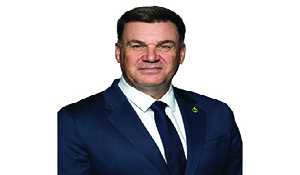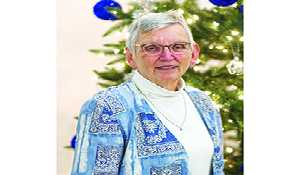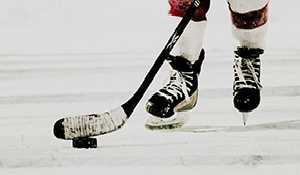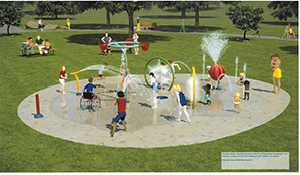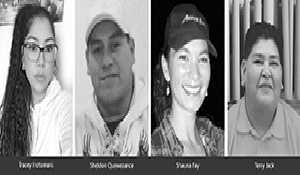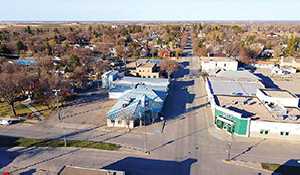Covid restrictions have impacted kids’ daily lives
January 17, 2022, 7:25 am
Sierra D’Souza Butts - Local Journalism Initiative Reporter
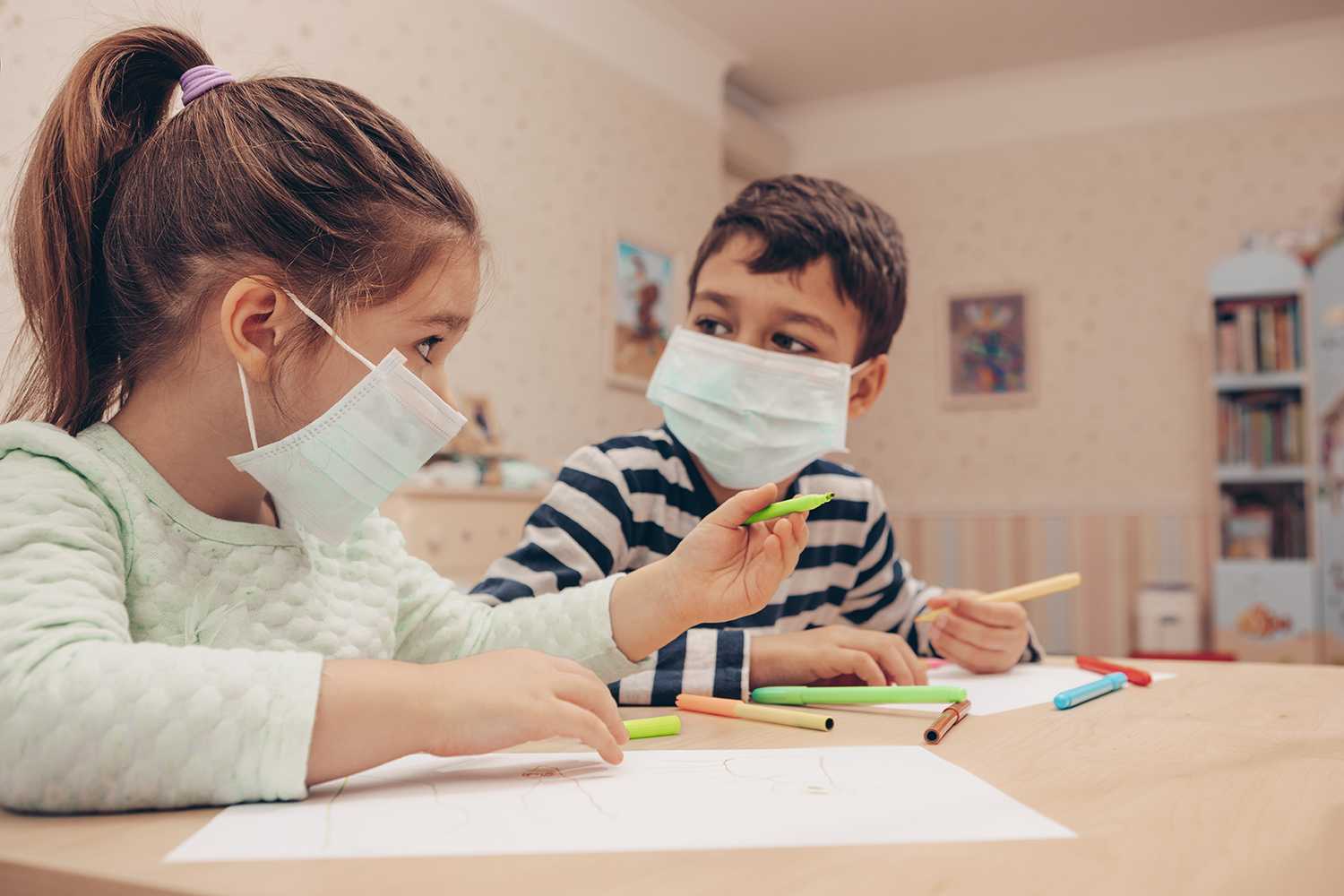

Returning from the holiday season, the Government of Saskatchewan reported 1,069 active cases on the week of Jan. 10. As a result, children across communities in Southeast Saskatchewan and Southwest of Manitoba remain in isolation due to testing positive for Covid, and for being in close contact to someone who did.
“Currently, we have our grade 12 students working remotely for two weeks. These students attend their classes synchronously and asynchronously with their teachers via Microsoft Teams.
“Our absence rate is higher than it has been in past Covid waves,” said Jeff St. Onge, principal of McNaughton High School in Moosomin.
“We have students who are absent because they or someone in their household has tested positive using a self-administered rapid test kit. In addition, some parents are choosing to keep their children home from school to minimize their risk of exposure.”
Although the rise of cases in Saskatchewan were at an all time high, the rapid spread of the province’s cases are still low in comparison to other provinces like Ontario and Quebec.
As a result, school boards in the province decided to continue in person classes in Saskatchewan. However, provinces like Ontario, Quebec and B.C, delayed the return to in person learning and are taking an online approach until Jan 17.
Manitoba however, extended the holiday break for students due to the rapid spread of the Omicron variant, and allowed its students to return to school for in person learning on Jan 10.
Principal Richard Fiola of L’Ecole St-Lazare, said the school has only about half of its students present.
“In Manitoba, the students are back from the holiday this morning. We are still getting every class organized. Our prekindergarden to grade 6 have access to the school. Half of our students are at home,” Fiola said.
“Some parents chose to keep their child at home and others are finishing their isolation period and could be back to school by the end of this week. Most of the contamination happened during the last part of the holiday.”
“As for our grades 7 to 12, they are all online. The teachers meet with them during the day for the explanations and the students do their school work.”
As for schools in Saskatchewan continuing in person learning since Jan. 4, some elementary and high schools noticed more absences in the class than usual, and others did not notice a difference at all.
“From the beginning of school in September to December we had 32 cases and since January 4, we have added 61 more cases,” said Mike Hackewicz, principal of Yorkton Regional High.
Hackewicz said he thinks cases increased because students spent time with their families over the holidays.
“I think a lot of it had to do with the Christmas holiday and a false sense of security with kids wearing their masks everywhere they go, and them being of the age to be vaccinated, I also think that’s given kids a false sense of security as well with Omicron,” he said.
“We were all given a sense of security that if you get vaccinated then life will be good, so hopefully it’s keeping them from getting very sick when they get the virus.”
Although there are currently 61 absences at Yorkton Regional High School, it only factors in to about two to three kids being absent in each class.
“It (absences of kids) make teachers do double duty because they’re teaching face-to-face for the kids that are there in person, but they are also having to prepare materials and get it online to their Google classrooms so that the kids who are at home, can stay caught up, or elsewhere we’re creating huge learning gaps,” said Hackewicz.
“It definitely puts a mental health strain on everyone in the building. For the kids and the staff that are here, you know that Covid is in the building and you know that Covid is everywhere you go.”
Principals and staff from Moosomin have also said that juggling in-person and online learning has affected everyone mentally.
“Learning in classrooms continues even when students are not there, and even though the learning materials are sent home for students, they miss the conversations, the sharing and the ability for teachers to give feedback and assistance right away,” said Tammy Cole, principal of MacLeod Elementary School.
“Students benefit socially, mentally, academically and physically by being able to be present for in-person learning.”
Cole said the reasons students have been absent is because they have been impacted by household positive Covid cases, they were in close contact to a positive Covid case, and they have been testing positive.
However not all schools in Southeast Saskatchewan have experienced student absences, regardless of classes being in person.
“I’m expecting cases to rise up at any time, but we haven’t had any parents phone in yet,” says Gord Erhardt, principal of Esterhazy High School.
Prior to the holidays, Erhardt says that students who were absent because of Covid had to go for a PCR test. When their results returned, Saskatchewan Health Authority (SHA) would inform the school board and the school board would let the school know if there was an active case.
However since SHA announced that they will not provide lab PCR testing for individuals who are not experiencing any Covid-19 symptoms (asymptomatic), Erhardt said that students are expected to take rapid antigen tests on their own and if they test positive, parents are to report it directly to the school.
Yet, the school has not experienced any Covid cases since school resumed from the Christmas break, said Erhardt.
“No one has contacted us about a positive case in months, after that really bad Delta outbreak in September and October that we had, it has settled down and we’ve been sailing since.”
Aside from not facing current absences, Erhardt said the students and the staff have still been experiencing a mental health strain.
“Every time we’re sent home it’s really hard on the kids, more so than I think people understand. Parents might see it but I don’t know if the general public does and it would be our desire to keep the schools running for as long as possible,” says Erhardt.
“When the kids are at school they’re wearing their masks, they’re doing what they need to do to stay safe. And when they’re not at school, then they might be together in groups not wearing, not following guidelines. At least when they’re here, there’s a certain level of safety that we can provide them.”
Esterhazy’s vice-principal Tracy Huckell also agreed that in person classes are best for students mental health during a time like this.
“I think the kids recognize that being in school is really good for them and I really like that we can be together, just because it’s good for their mental health. It’s good for them to have that interaction and be able to connect with their teachers and peers,” she said.
Researchers continue to investigate severity of Omicron
A couple of months ago when the Omicron variant was detected from researchers in South Africa, the World Health Organization (WHO) officially designated it to be a variant of Covid, shortly after.
Since then, researchers around the world have been conducting studies to better understand many aspects of Omicron and continue to share their findings of their studies as they become available, according to WHO.
Researchers from medRxiv- The Preprint Server for Health Sciences, conducted a study that showed the comparison of outcomes from Covid infection in pediatric and adult patients, before and after the emergence of Omicron.
The conclusion of the study found that when Covid infections occurred during the time that Omicron was rapidly spreading, the Omicron variant was associated with significantly less severe outcomes than first-time infections when the Delta variant predominated.
Although the study has not yet been published in a peer-reviewed journal, it reports new medical research conducted by infectious disease experts.
How Covid continues to affect children outside of school
On top of children not being able to attend school in person because of close contact government regulations, kids are also missing out on participating in extracurricular acitivites.
“The close contact rules from the schools are usually what affects us,” said Kristjan Hebert, president of Moosomin Minor Hockey.
Hebert said when students are warned about being in close contact with a peer, they are sent a letter to their home notifying to isolate for five days.
“I think a lot of the kids find it difficult to understand why they can still go to school but they can’t go to hockey, gymnastics or dance when they receive that letter. It almost makes it harder on them because they can still go to school but they can’t do extracurriculars which is still their way of life being somewhat normal for them.”
He said by the end of the week, everyone should be finished their isolation period and should have a full team by then.
“Everyone wants the same thing, we want these kids to have a life like we’re used to, which is where sports is a real positive in their life and helps build the whole social kind of structure our society so we all need to work together to make sure it keeps going for the kids.” Tweet


